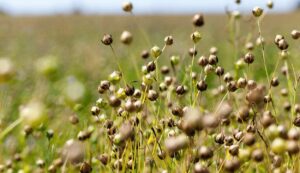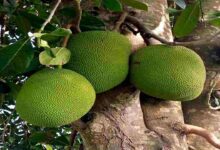Flaxseed farming: These varieties of flaxseed give more yield in less time
Flaxseed farming: From an economic and health perspective, Chhattisgarh farmers may find that linseed production is a good alternative. One crop that may be produced cheaply and with minimal water is linseed, often referred to as flaxseed. Its seeds have several therapeutic benefits, and its market demand is always rising. Chhattisgarh’s agricultural specialists think that using better linseed types may boost output. In addition to having a high oil-yield percentage, these types produce more in less time.

Scientist Nandan Mehta of Indira Gandhi Agricultural University’s Department of Genetics and Plant Breeding stated that the university, which is situated in Raipur, the capital of Chhattisgarh, has produced a number of improved varieties, including RLC 148, RLC 153, RLC 143, RLC 133, and RLC 92. Each of these types produces well.
Sowing now
Scientist Nandan Mehta said that while the state has a highly developed variety, it is crucial to understand how to grow it. After harvesting the rice crop, or in certain areas after harvesting the soybean and maize crops, farmers should begin getting ready for this. Mold board cloud should be used if it is available; if not, cross plowing may be done twice or three times using a tractor and cultivator. A rotavator may then be operated. The soil becomes friable as a result. Since linseed is a tiny grain crop, waterlogging may also be avoided by preparing fine, friable soil for it.

